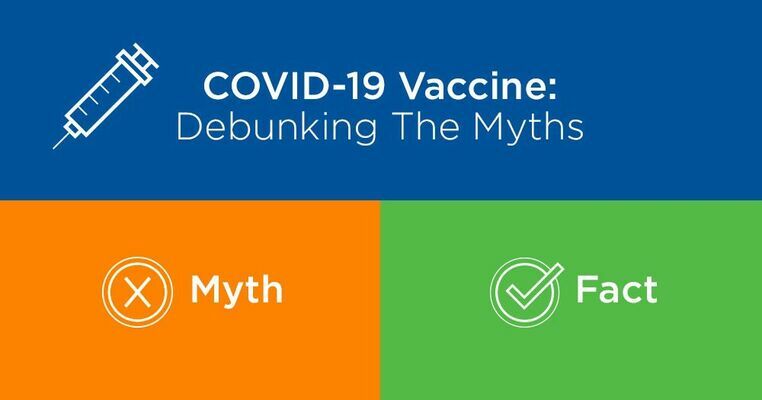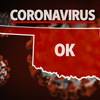COVID vaccine myths: what to watch for

Vaccine hesitancy is one of our last major hurdles in the fight against COVID-19, and we are racing against the emergence of several variants to avert a (more) prolonged pandemic. Alarming social media stories portraying COVID vaccines in a negative light have added a dangerous roadblock for many. I hope dispelling these three myths will help others feel ready to safely build protective immunity through vaccination.
Myth 1: The approval process was rushed. Before last year, vaccines typically took six to 12 years to develop and receive approval, so I see where this is coming from. How did we roll out the current vaccines so quickly without any shortcuts? First, the trials were well-funded and run by companies that know what they are doing. Second, trial phases were overlapped and not run sequentially. Third, the number of participants were enrolled all at once instead of in phases.
Scientists simplified the data collection to two primary questions: Are these vaccines safe? And do they prevent severe disease, hospitalization and death?
The vaccines are incredibly safe and highly effective at preventing hospitalization and death, so they received emergency usage approval. Studies did not stop there, though. Since their approval, we now also know that these vaccines are highly effective at preventing asymptomatic transmission as well.
Severe adverse events continue to be rare. These vaccines continue to be effective against most variants. In fact, these vaccines and 3,699 have recovered. Blackwell has 670 cases, with 626 recoveries and 19 deaths. Newkirk has 433 cases, with 417 recoveries and three deaths. Tonkawa has 367 cases, with 347 recoveries and 15 deaths. Kaw City has 63 cases, with 60 recoveries and three deaths.
That leaves the town with no active cases. Braman has 24 cases, with 21 recoveries and one death. The state health department does not provide data on coronavirus cases in some of the state’s smallest towns, including Nardin in Kay County. In recent weeks, the state health department has changed the way it counts coronavirus cases and deaths. The department now includes provisional data from the Centers for Disease Prevention and Control on its website.
Those numbers are higher than the state’s investigated total number of cases. The department’s investigated numbers show that the state has 437,853 cases of the virus. Of those cases, 10,540 are active. Statewide, 422,360 people have recovered from the virus, and 4,953 people have died from it.
The CDC’s provisional numbers show that the state has 440,023 cases of the virus and 7,961 deaths. For more information on vaccinations, visit https:// oklahoma.gov/covid19/ vaccine-information/vaccine-faqs.html.
Please support The Blackwell Journal-Tribune by subscribing today!
You may also like:





.jpg)
